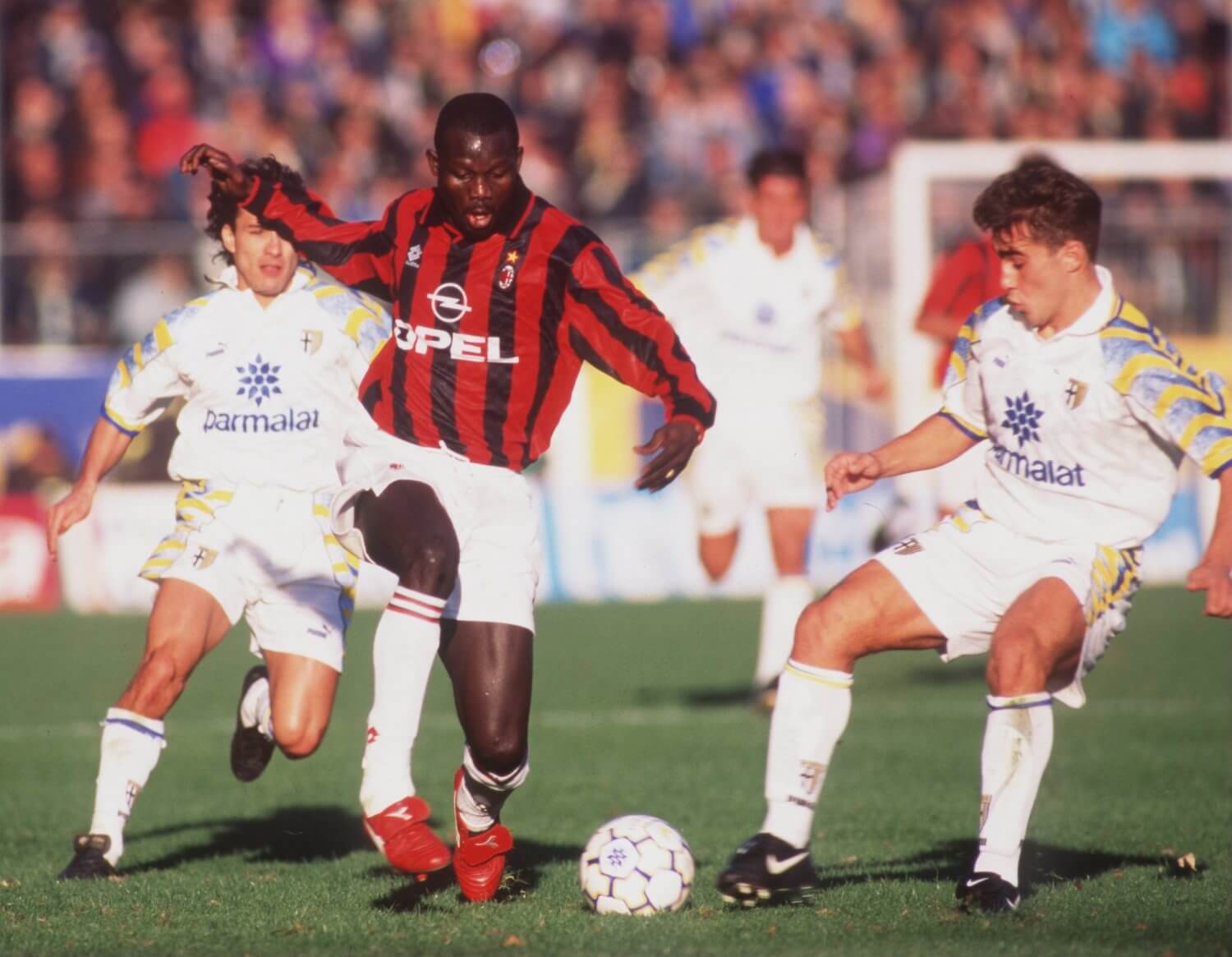The History Of Diadora
Tue, Mar 07.23


Diadora, as we all know, was a fashion powerhouse in the 70s, 80s, and 90s. When it came to sportswear, Diadora was the Italian dream. Although the phrase "Made in Italy" may conjure thoughts of knitted sweaters and leather handbags, it is Diadora's way of life - only Italians can integrate Italian designs with sporting technologies.
This narrative begins in 1949, in postwar Italy, when Marcello Danieli decided to start his own footwear firm after previously working in the sector. Danieli and his wife produced their first line of footwear, a mountain boot, through trial and error, like any artist would. The Diadora mountain boot quickly became renowned as the finest in its class, and by the end of the 50s, it was selling across Italy.
Certainly, the popularity of his product was growing, but Danieli recognised his ambitions had expanded. Danieli achieved a breakthrough in ski boots during the economic boom, and with this success, expanded into other sports. A successful relationship with tennis legend Björn Borg, as well as a concerted effort to connect with the football world, aided the company's rise to the top ranks of elite sportswear manufacturers.
There was Borg before Baggio. The tennis champion was a star in the 70s and 80s. He became a household name after winning five straight Wimbledons and being voted the world's best player before the age of 26. Diadora was at his side during his rapid rise to prominence. The company collaborated with the tennis legend, who wore the B. Elite shoe model on screens all around the world.
Diadora expanded their presence in the football globe throughout the next two decades. Baggio was a kindred soul for the brand. The Italian footballer introduced a new level of flair to the field As Baggio ascended through the ranks of the football world and his ponytail got longer, Diadora and Baggio formed a natural bond.
Aside from Baggio, the brand collaborated with a number of big names. From 2005 to 2008, Francesco Totti, as well as Italian stars Gianluca Vialli and Giuseppe Signori, wore Diadora boots. Diadora also had a strong presence outside of Italy. In the UK, they produced jerseys for Aston Villa, Sheffield Wednesday, and the Scotland national team, while Roy Keane was Diadora's poster boy in the late 90s and early 2000s.
George Weah at AC Milan, on the other hand, was something special. When he joined the Serie A giants in 1995, he lined up in attack alongside fellow Diadora wearer Baggio and Savicevic, finishing the season as Milan's leading goalscorer. Weah was awarded the Balon d'Or in 1995 for his efforts. His ability on the field was matched by his red Diadora Brasil boots.
After their peak in the 90s, Diadora has admittedly fallen behind Nike and Adidas. Yet, there is a great desire these days for football nostalgia. We unquestionably love traditional and old styles. We want to return to the 90s. Contrary to popular belief, Diadora's lack of exposure to current football culture may put them in a better position to exploit their opponents.
Naturally, their classic designs are now recognised by streetwear groups, making Diadora a perfect alternative for people who like to support businesses with personality and authenticity. Their collaborations and creations are influenced by their heritage while also connecting with the present client. It's only natural for Diadora to capitalise on the current 90s renaissance and revisit that era. This time, though, a modern element has been added. Baggio may have embodied the Italian way in the 80s and 90s, but who will be the next most famous, worldwide piece of nostalgia at Diadora's disposal?
Share this:






